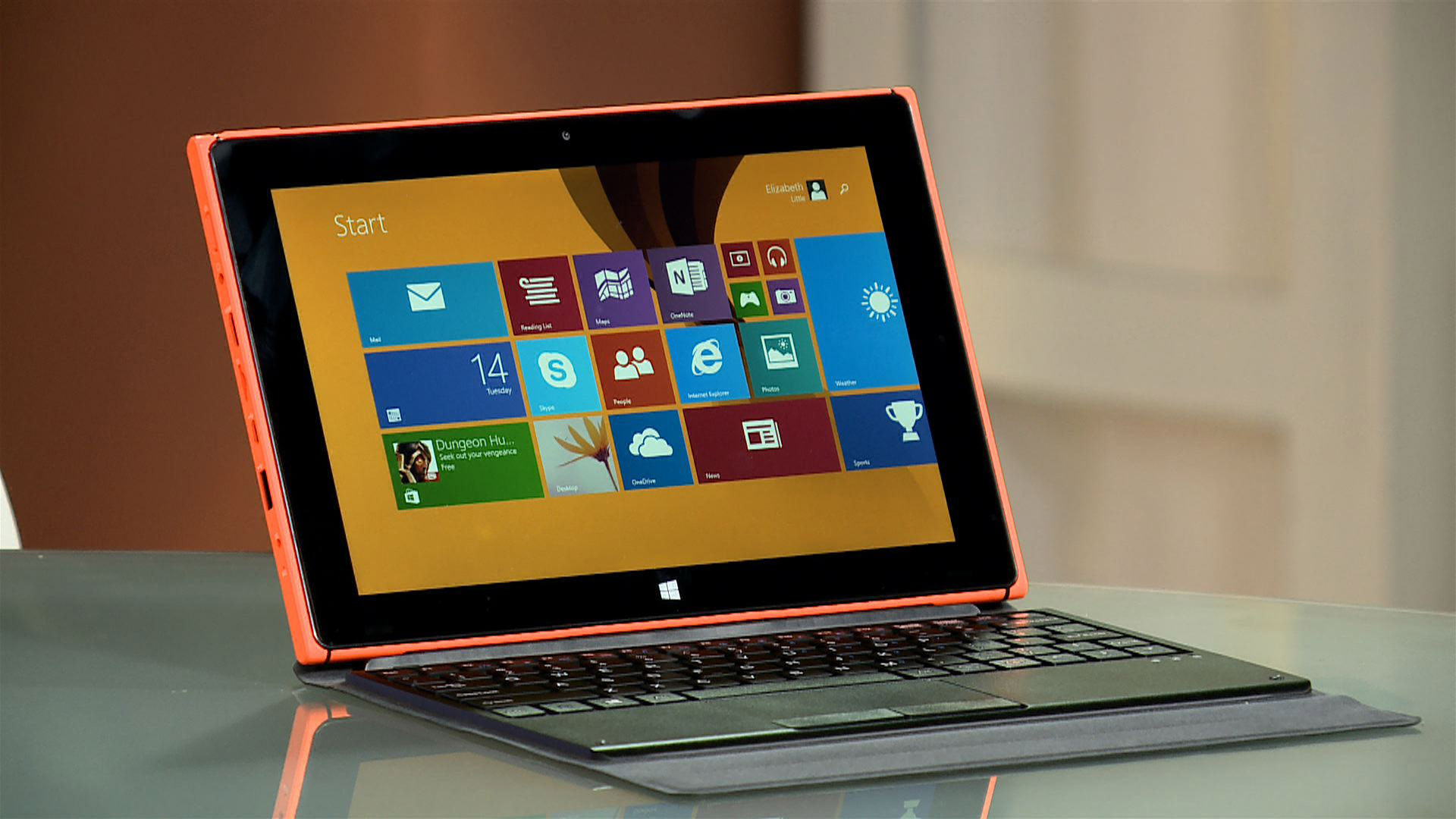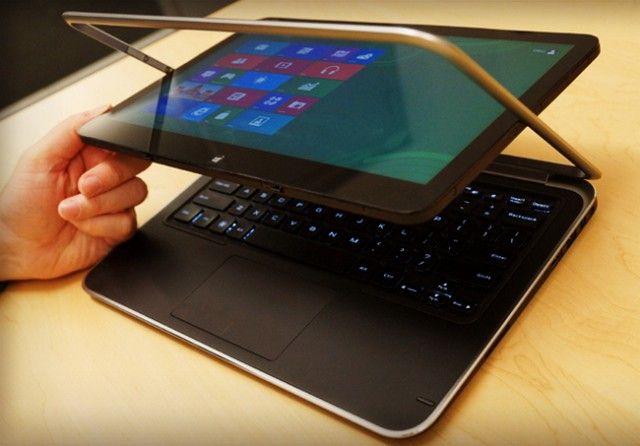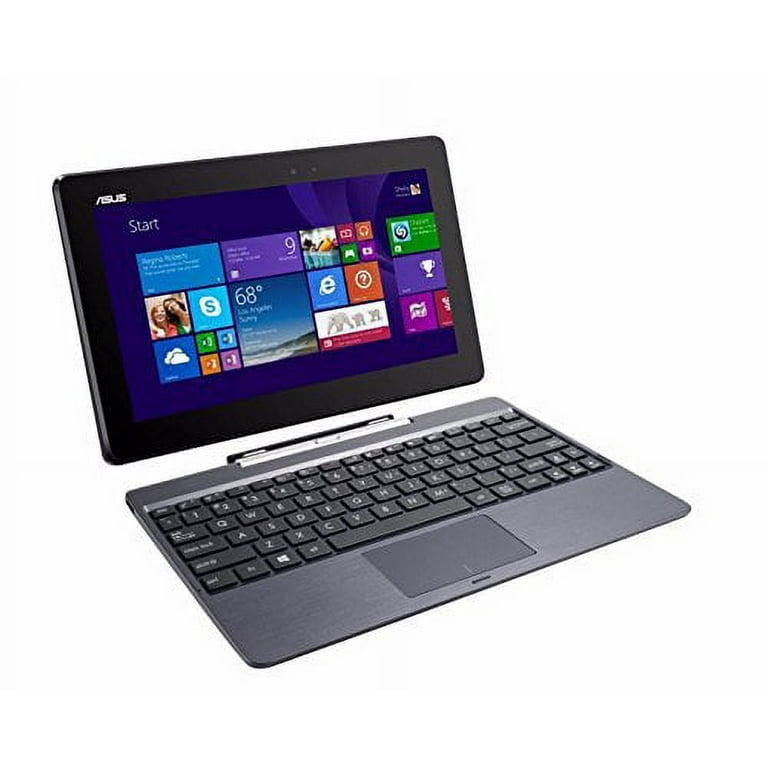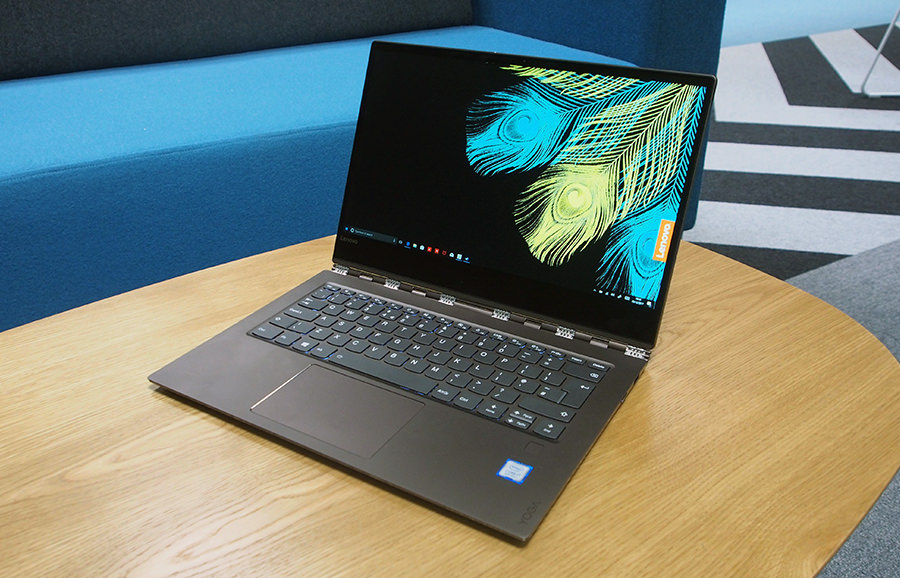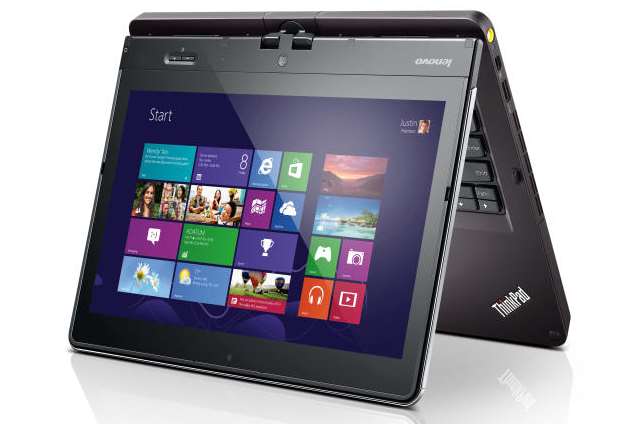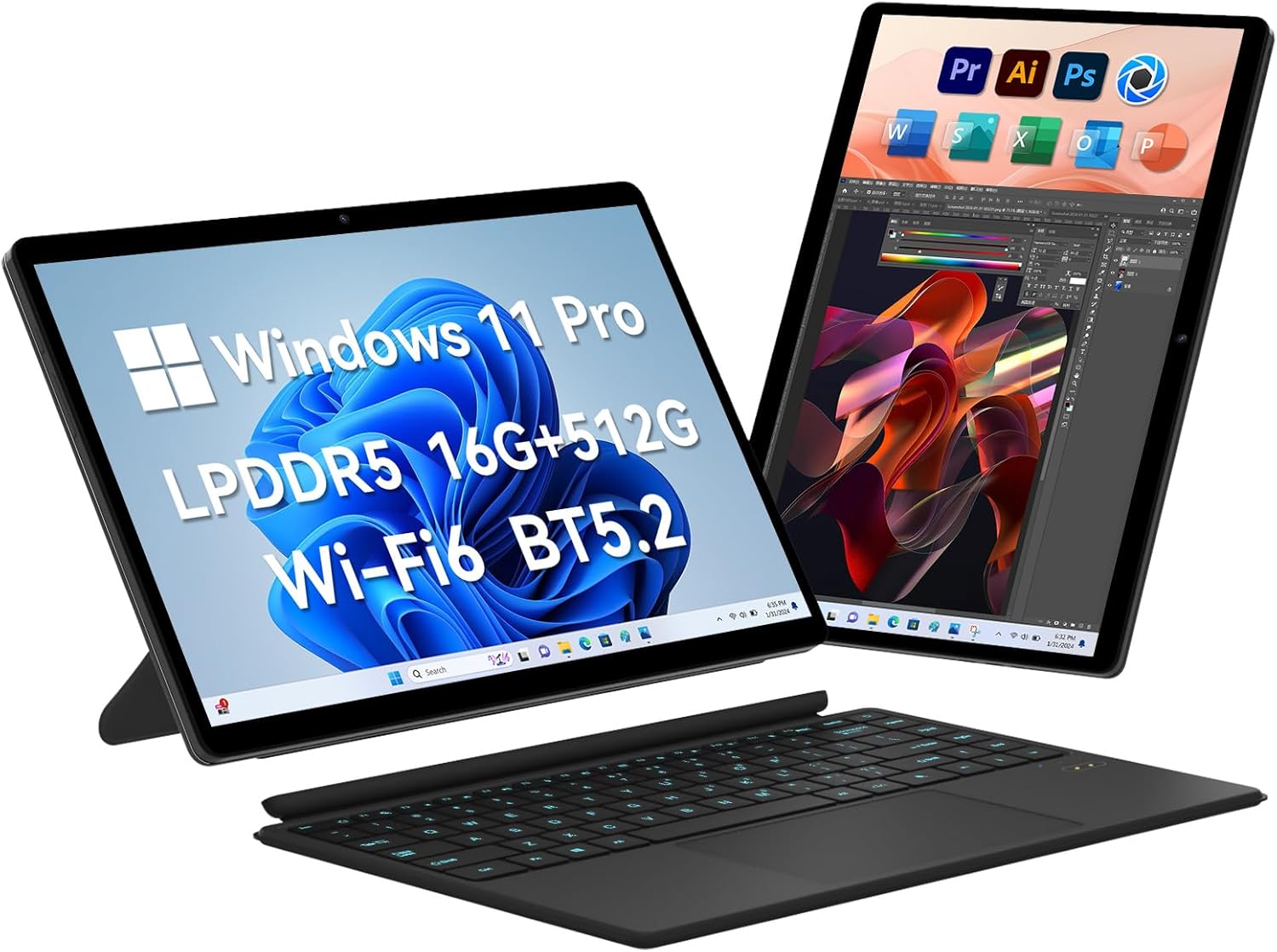Best Laptop Tablet Combination

In today's fast-paced world, the need for versatile devices has never been greater. Laptop-tablet combinations offer the best of both worlds, providing the power of a laptop and the portability of a tablet. This review is tailored for value-conscious shoppers seeking a 2-in-1 device that maximizes productivity without breaking the bank.
Why Choose a Laptop-Tablet Combination?
Laptop-tablet combinations bridge the gap between traditional laptops and tablets. They offer the functionality of a laptop with the convenience of a tablet. This versatility makes them ideal for students, professionals, and anyone who needs a device for both work and play.
Target Audience
This review caters to users who are looking for the most value out of their tech investments. We understand the need to balance performance with affordability. We focus on features, specifications, and real-world usage to guide you.
Shortlist of Recommended Devices
Here's a selection of laptop-tablet combinations, categorized by budget and target use cases. This ensures you can easily find a device that meets your specific needs. These selections prioritize getting the best bang for your buck.
- Budget-Friendly: Lenovo Chromebook Duet - Ideal for students and casual users.
- Mid-Range: Microsoft Surface Go 3 - A balanced option for productivity and entertainment.
- Premium: HP Spectre x360 14 - A high-performance device for professionals.
Detailed Reviews
Lenovo Chromebook Duet
The Lenovo Chromebook Duet is an excellent budget-friendly option. It boasts impressive battery life and a detachable keyboard. Its compact size makes it incredibly portable.
The Chrome OS provides a streamlined experience with access to Android apps. Performance is adequate for basic tasks such as browsing, email, and document editing. The screen is bright and vibrant, making it suitable for media consumption.
Microsoft Surface Go 3
The Microsoft Surface Go 3 offers a more powerful alternative in a similar compact form factor. It runs Windows 11 and provides full desktop functionality. The Surface Go 3's kickstand and optional Type Cover make it a decent productivity machine.
Its improved processor offers a noticeable performance boost over its predecessor. The display is sharp and clear, making it suitable for both work and entertainment. Battery life is acceptable for moderate usage, though it may not last a full day.
HP Spectre x360 14
The HP Spectre x360 14 is a premium 2-in-1 laptop known for its stunning design and powerful performance. Its 360-degree hinge allows it to be used in various modes, including laptop, tablet, and tent. The Spectre x360 14 offers a premium experience.
It features a high-resolution display with vibrant colors and excellent brightness. The keyboard is comfortable to type on, and the trackpad is responsive. The Spectre x360 14 also includes a variety of ports, including Thunderbolt 4.
Side-by-Side Specifications and Performance
| Device | Processor | RAM | Storage | Display | Battery Life (Approx.) | Performance Score (Geekbench 5 Multi-Core) |
|---|---|---|---|---|---|---|
| Lenovo Chromebook Duet | MediaTek Helio P60T | 4GB | 64GB/128GB eMMC | 10.1" 1920x1200 | 10 hours | 600 |
| Microsoft Surface Go 3 | Intel Pentium Gold 6500Y | 4GB/8GB | 64GB eMMC/128GB SSD | 10.5" 1920x1280 | 8 hours | 1500 |
| HP Spectre x360 14 | Intel Core i7-1165G7 | 8GB/16GB | 256GB-1TB SSD | 13.5" 3000x2000 | 9 hours | 4500 |
Note: Performance scores are approximate and may vary depending on configuration and testing conditions.
Practical Considerations
Before making a purchase, consider the following practical factors. These are critical to ensure the device meets your requirements. Don't overlook these considerations.
Operating System
Chrome OS is lightweight and easy to use, suitable for basic tasks and cloud-based applications. Windows 11 offers full desktop functionality and compatibility with a wide range of software. Choose the OS that aligns with your workflow.
Keyboard and Trackpad
Evaluate the keyboard and trackpad, as they significantly impact your productivity. Detachable keyboards can be less stable than integrated keyboards. Consider the size and layout of the keys.
Portability
Consider the size and weight of the device if portability is a major concern. Smaller devices are easier to carry around, but may have smaller screens and keyboards. The Lenovo Chromebook Duet is very portable.
Battery Life
Battery life is crucial for users who are often on the go. Choose a device with sufficient battery life to last through your typical workday. Aim for at least 8 hours of real-world usage.
Key Takeaways
Selecting the right laptop-tablet combination involves balancing performance, portability, and price. The Lenovo Chromebook Duet is a fantastic budget option. The Microsoft Surface Go 3 offers a good balance. The HP Spectre x360 14 is a premium choice for power users.
Consider your individual needs and priorities when making your decision. Think about how you plan to use the device. Consider all the factors discussed to make an informed choice.
Make Your Choice Today!
Ready to find the perfect laptop-tablet combination for your needs? Explore the recommended devices and make an informed decision. Invest in a device that enhances your productivity and entertainment experience.
Frequently Asked Questions (FAQ)
Here are some frequently asked questions about laptop-tablet combinations.
Q: What is the difference between a 2-in-1 laptop and a tablet?
A 2-in-1 laptop combines the features of a laptop and a tablet, typically with a detachable or foldable keyboard. Tablets are primarily designed for touch-based interaction.
Q: Can I run all my desktop applications on a 2-in-1 laptop?
This depends on the operating system. Windows-based 2-in-1 laptops can run most desktop applications. Chrome OS devices are limited to web-based and Android apps.
Q: Are 2-in-1 laptops good for gaming?
Some premium 2-in-1 laptops with dedicated graphics cards can handle gaming. Budget-friendly options are generally not suitable for demanding games.
Q: How do I choose the right size of 2-in-1 laptop?
Consider your portability needs and typical usage scenarios. Smaller devices are more portable, while larger devices offer more screen real estate.
